| Title | Detention |
| Released | Mar 1, 2018 |
| Developer(s): | Red Candle Games |
| Publisher(s): | Red Candle Games |
| Platform(s): | |
| Genre | Point & Click, Horror, Indie |
| Rating | M |
| Price | $12.99 |
| Proton | Native |
Completed on Switch in Docked Mode
HowLongToBeat Time: Main + Sides (4 Hours) | My Clear Time: 2hrs 29min
Background
Detention was developed by Red Candle Games, with Yao Shun-Ting serving as the creator and driving force behind the project. Initially imagined as a 1990s-inspired world, the game ultimately takes place in Taiwan during the White Terror of the 1960s, providing a historically grounded setting that complements its dystopian narrative.
Red Candle Games drew inspiration from literary works such as George Orwell’s 1984, Taiwanese New Wave cinema, and classic horror titles like Silent Hill, Lone Survivor, and The Cat Lady. The team aimed to depict “under constrained circumstances, a nobody pursuing freedom” and chose the horror genre as the most effective medium for this story.
Development faced early challenges, with the six founders self-funding the project while taking on outsourced work to sustain operations. A demo released in April 2016 generated significant support, allowing the team to complete the game. Detention was designed as a bilingual experience in Chinese and English, reflecting Red Candle Games’ goal of sharing Taiwanese culture with an international audience. Its reception exceeded expectations, reaching both hardcore gamers and a broader player base, establishing the title as a cultural touchstone in modern Taiwanese gaming (Hioe, 2017).
The development team for Detention includes:
- Shun Ting Yao (Producer / Creator): Nine Sols, Devotion
- Red Candle Creative Team (Design & Development): Nine Sols, Devotion
- Wei-Fan Chang (Composer): Detention
Experience
My relevant experience with horror games includes Silent Hill and Experience Inc.’s Spirit Hunter series. Both are touchstones for how horror can be delivered through limited mechanics but strong atmosphere.
Going into Detention, I wanted to see how Red Candle Games would carve out their own space within that tradition. What I found was a game that stands confidently alongside its influences while presenting a distinctly Taiwanese approach to horror.
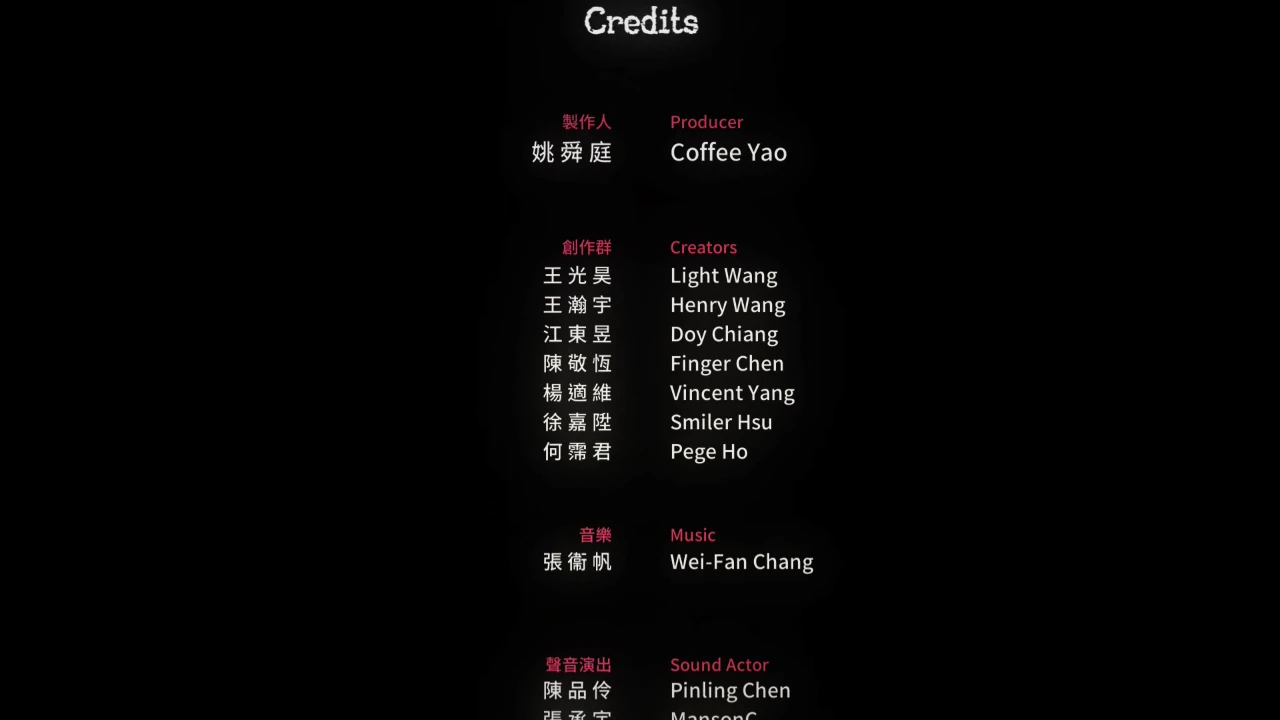
Closure comes in two languages.
Impressions
Introduction
Detention drops you into a hauntingly quiet school, twisted by supernatural dread and political paranoia. What starts as an escape story grows into a layered tale of guilt, memory, and repression, set against Taiwan’s dark history.
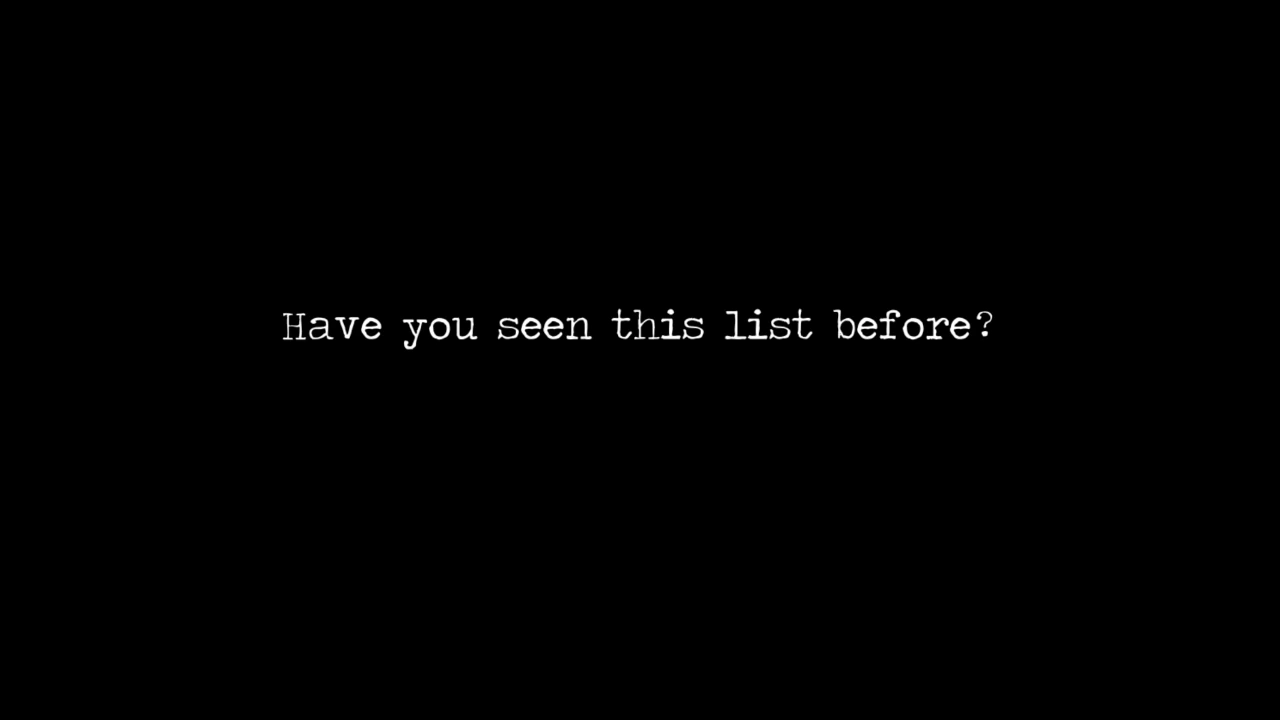
One sentence begins a chain of horrors.
Gameplay & Mechanics
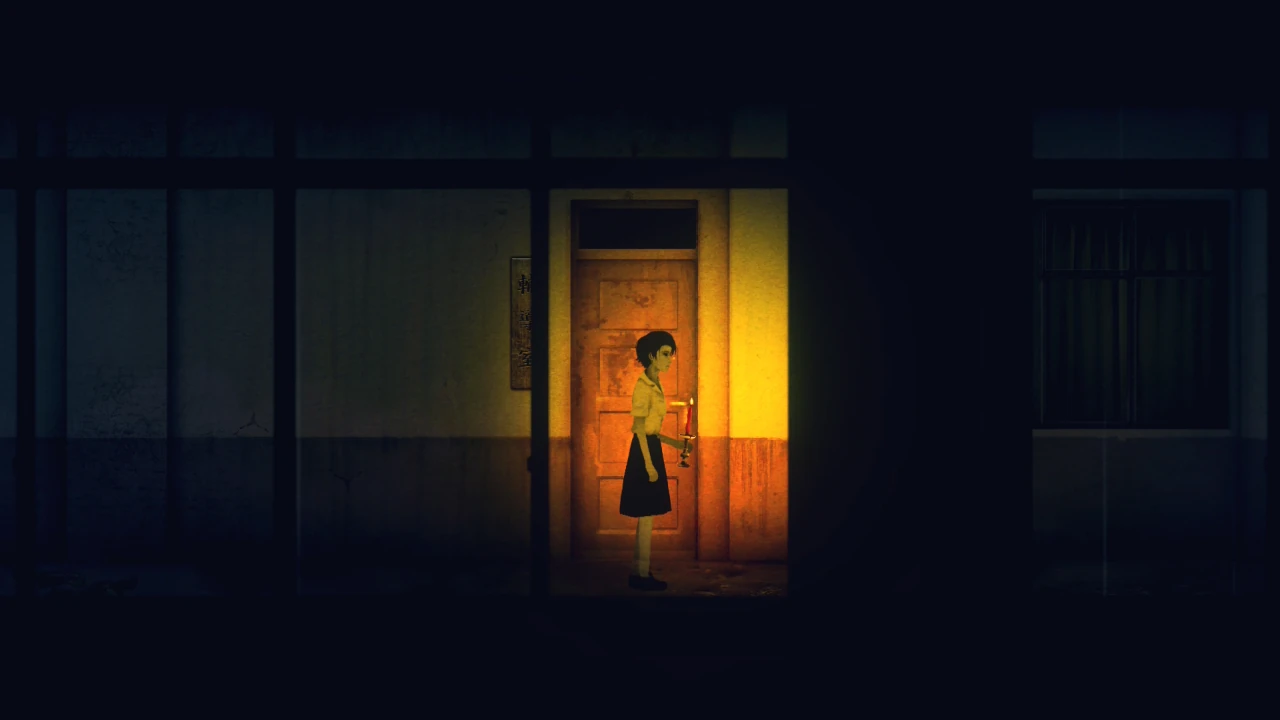
Ray moves through fear one flicker at a time.
2.5D Movement
Movement through hallways, classrooms, and courtyards feels restrictive, amplifying dread. Every step is deliberate, heightening tension.
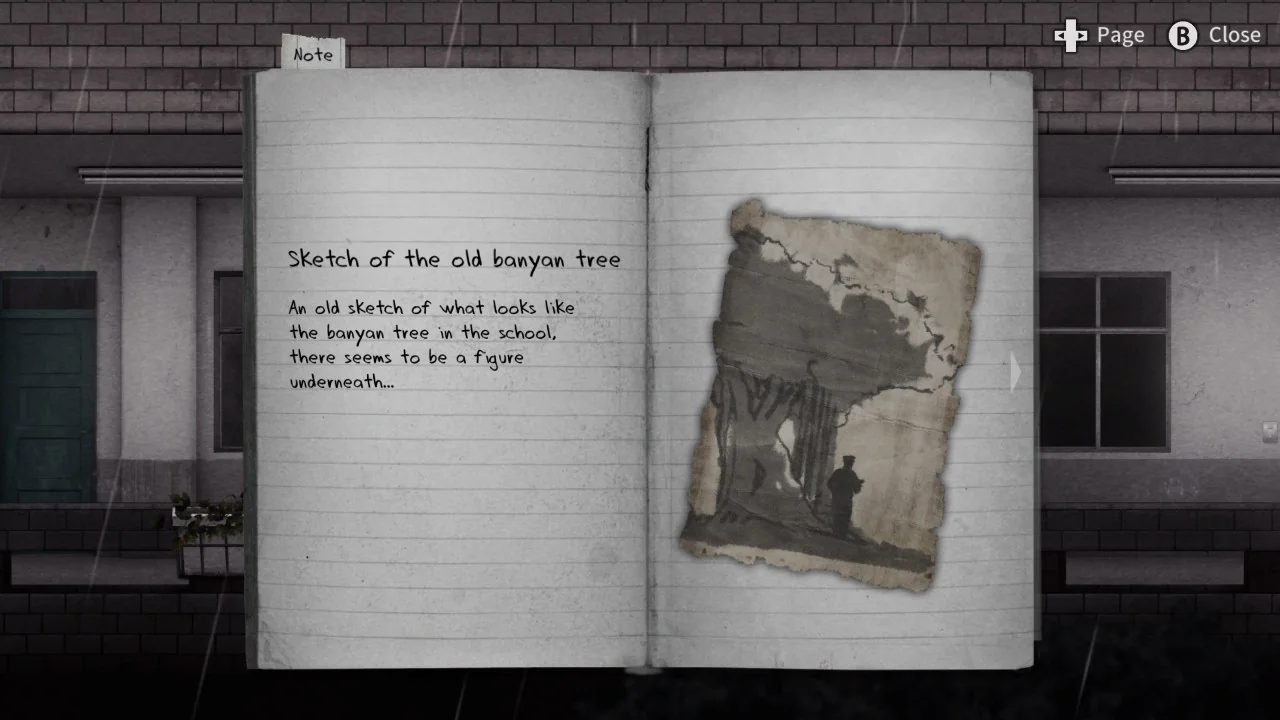
Clues deepen Ray’s past.
Notebook
Clues in your notebook reveal Taiwanese history and folklore, like tales of wandering spirits, tying puzzles to the narrative’s emotional weight.
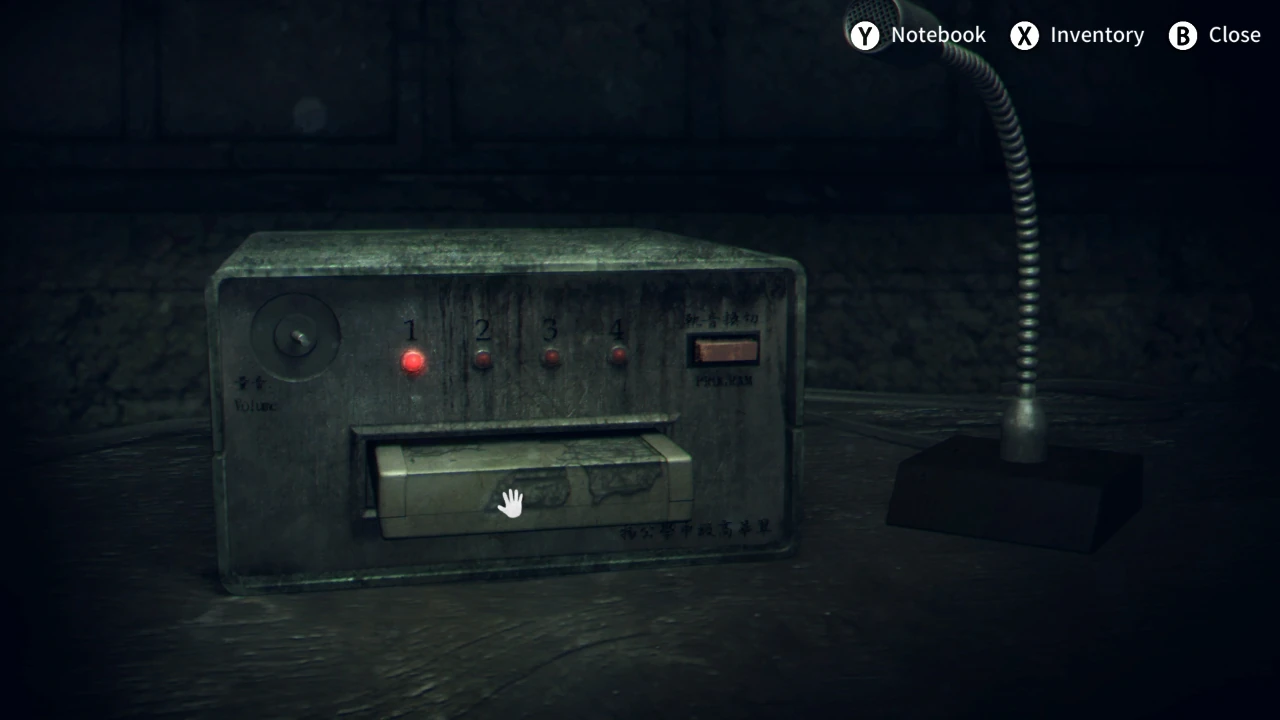
Each click brings back another buried memory.
Interactive Puzzles
Puzzles echo Silent Hill’s object-based challenges, with first-person interactions that demand attention. Like Spirit Hunter: Death Mark, they support multiple endings, rewarding exploration.
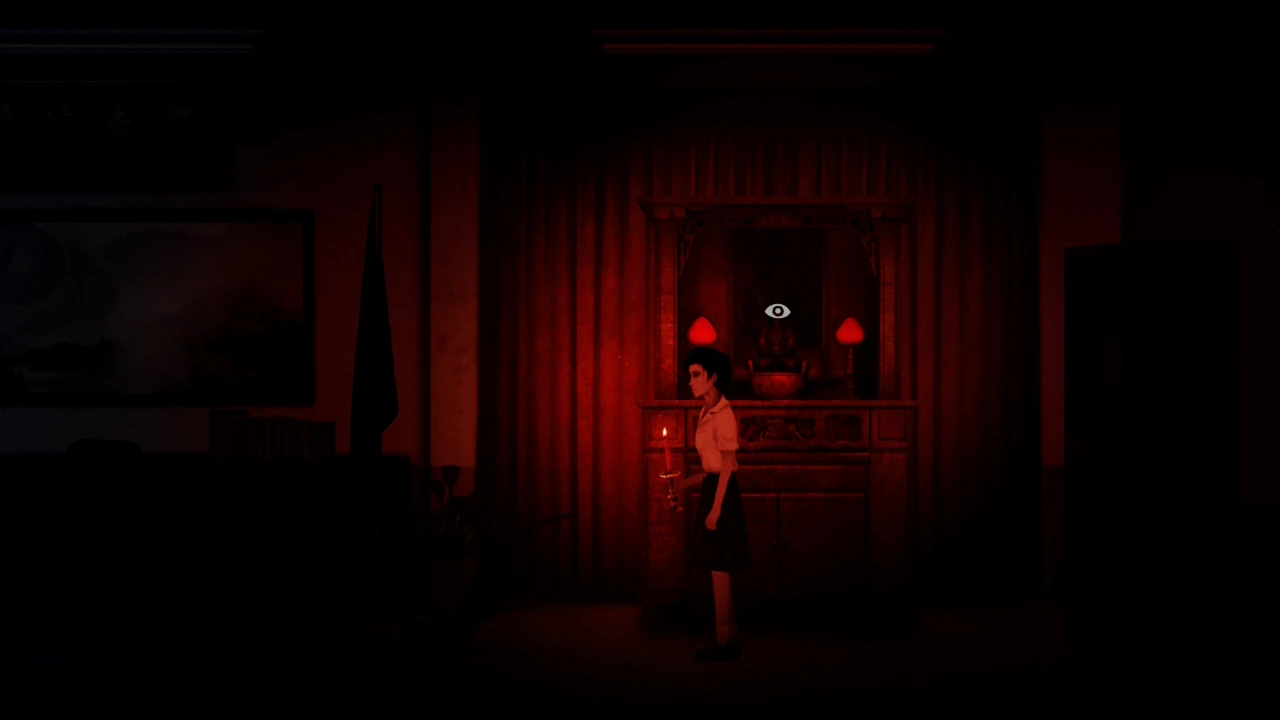
Save Shrines offer brief safety before the next nightmare.
Save Shrines
Red-glowing Save Shrines act as safe havens, giving players a brief breather in the oppressive darkness. They also serve as respawn points upon death, making them a central part of exploration and survival.
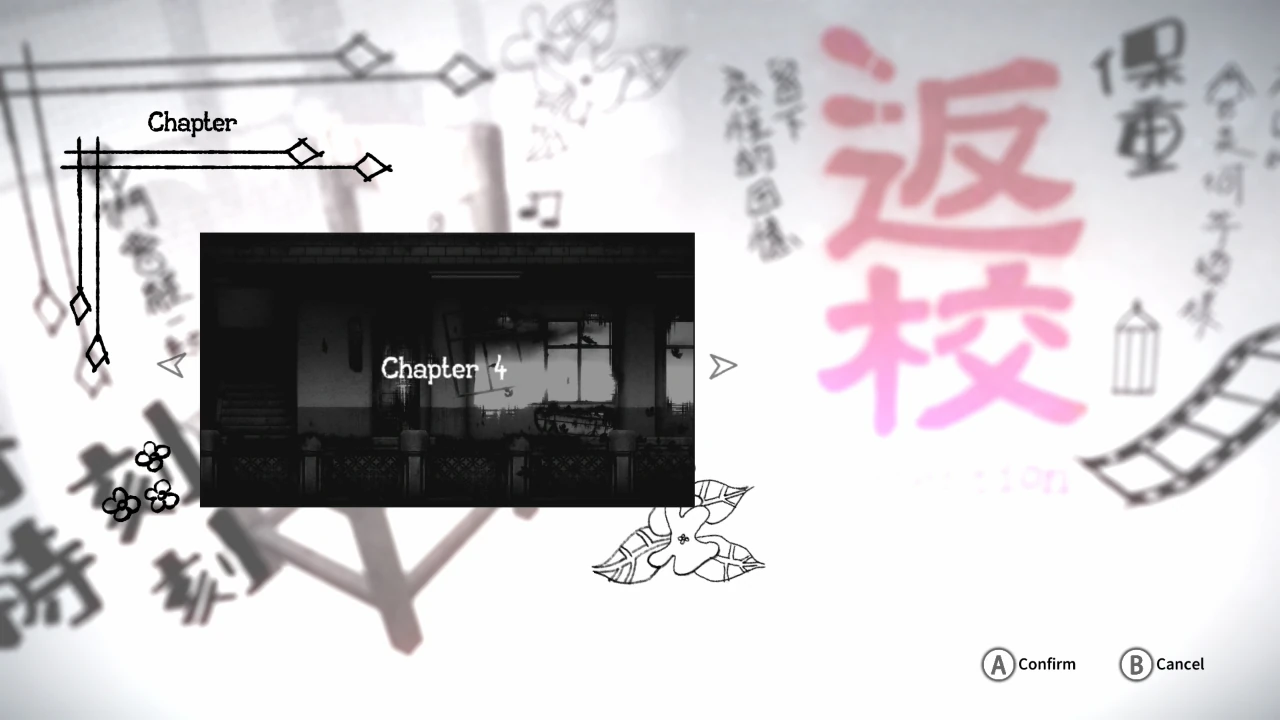
Chapter select lets players revisit every chilling moment.
Chapter Select
A main-menu chapter select simplifies revisiting sections for alternate endings, boosting replayability.
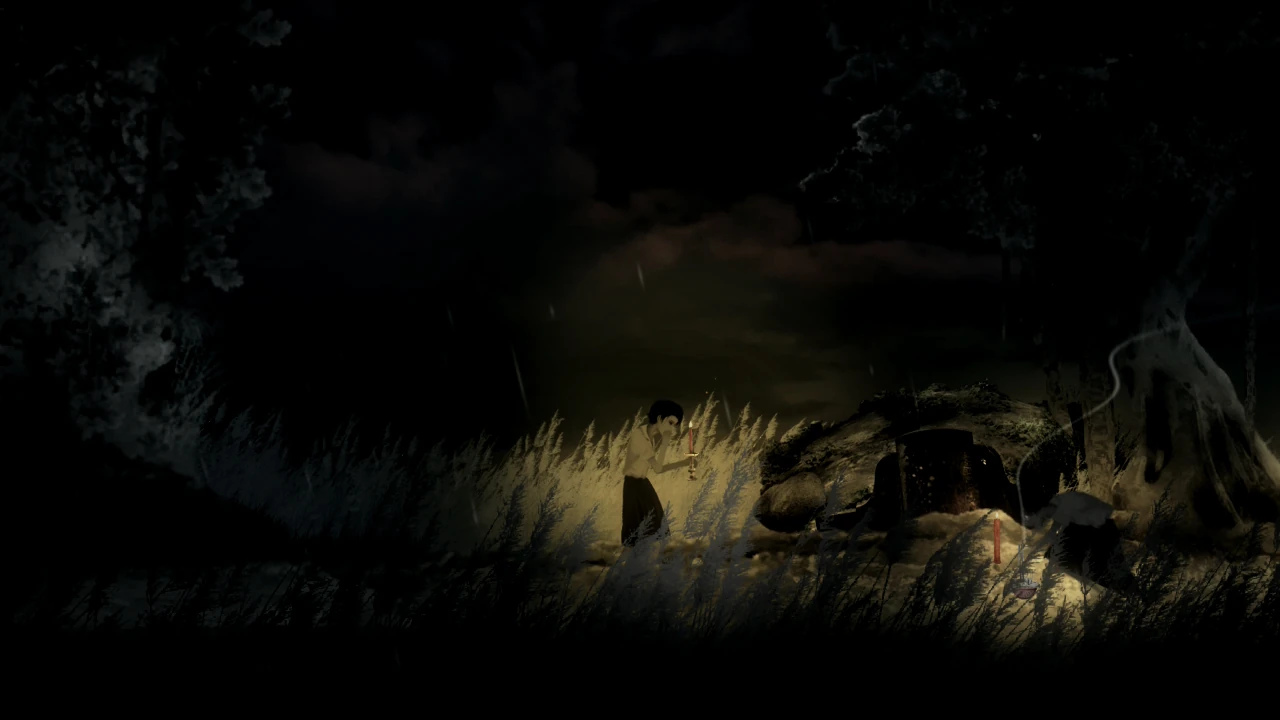
Food offerings give you a moment to slip past ghosts safely.
Food Offerings
Food can distract ghosts temporarily, giving players time to sneak past. They refill at Save Shrines, adding a subtle strategic element.
Art & Audio
Detention’s 2D art builds a haunting Taiwanese nightmare. Shadowy school halls and courtyards use muted greens and grays, with sharp contrasts and sudden imagery shifts that keep tension high. Characters show subtle expressions, like Wei’s haunted gaze or a ghost’s twisted smirk, that carry weight without overstatement. Glowing lanterns and objects pierce pitch-black areas, turning darkness into a tense, immersive element.
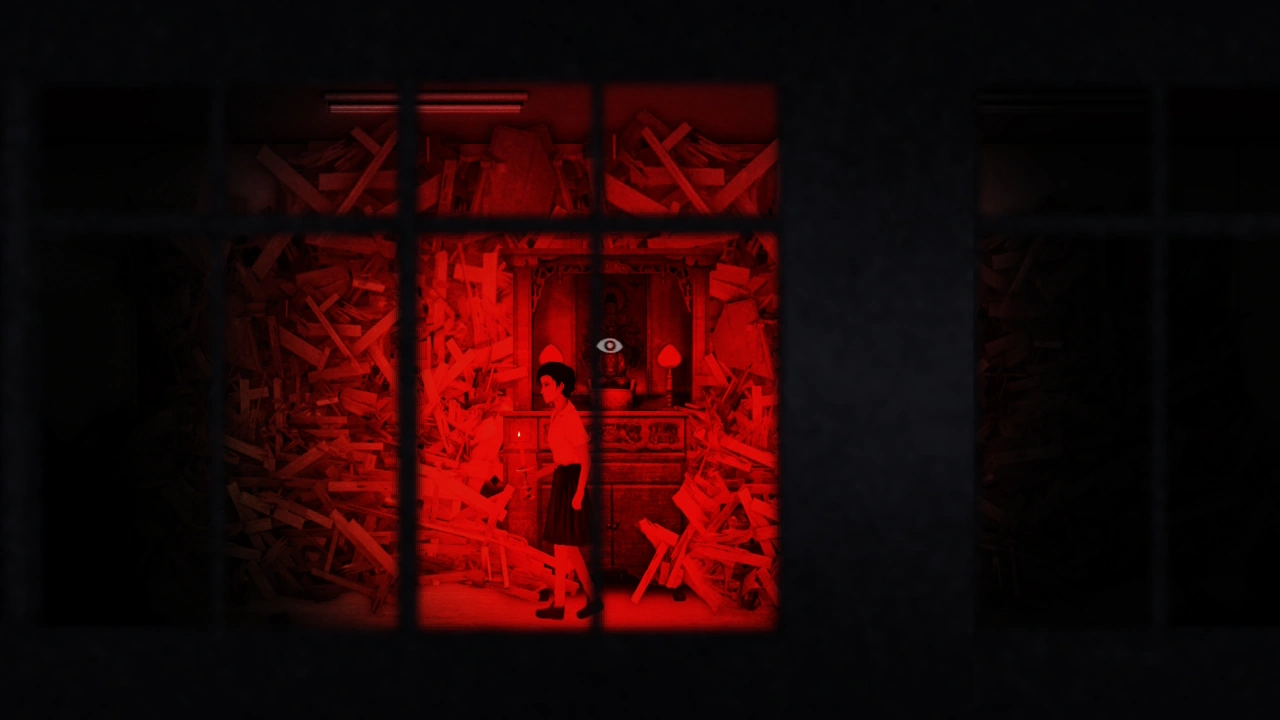
The game’s 2D art turns ordinary spaces into unsettling scenes.
Wei-Fan Chang’s score blends eerie ambience with Taiwanese folk influences. Songs like Bang Chhun-Hong and Moonlight Sorrow tie the supernatural to Taiwan’s history. Ambient sounds, from creaking floors to distant whispers, make every step feel heavy with unease.
Standout tracks:
Bang Chhun-Hong
A haunting folk melody that weaves Taiwan’s cultural soul into the game’s eerie atmosphere, setting the tone for exploration.
Haunted By The Past
Pulses with a tense, almost tribal rhythm, mimicking a heartbeat that ratchets up dread and amplifies the game’s most disturbing moments.
Detention (Main Theme)
A tense, ambient track that blends traditional instruments with modern horror cues, perfect for the school’s oppressive halls.
Performance
On the Nintendo Switch, Detention runs smoothly, with no noticeable frame-rate issues. The compact 3–4 hour runtime feels tight, and the game’s visuals and audio shine consistently, ensuring an immersive experience.
Unique Features & Mechanics
Detention stands out with elements that root its horror in Taiwanese culture and make it accessible worldwide.
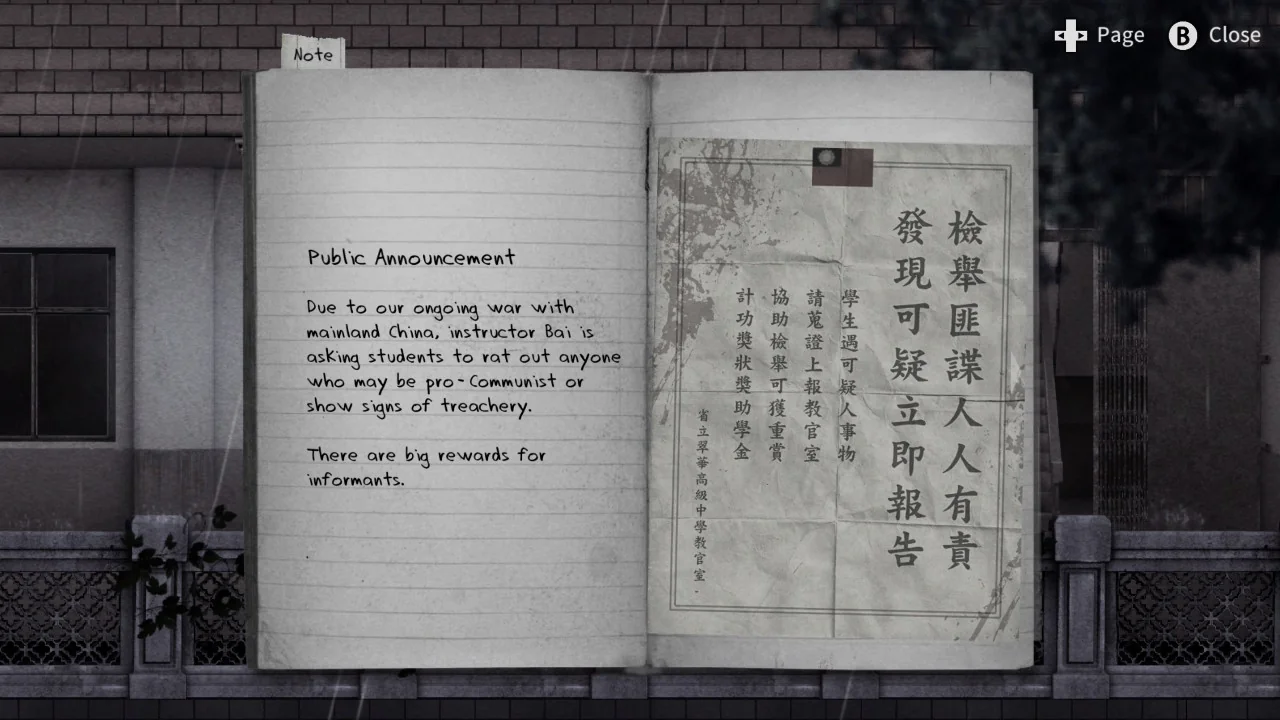
Cultural references and notes tie the game’s horror to real-world Taiwanese events.
Cultural Integration
Detention blends Taiwanese history and folklore into its horror. Real-world oppression from the White Terror shapes the narrative. Folk songs, shrines, and offerings make the supernatural feel grounded. Each scare feels personal and distinctly Taiwanese.
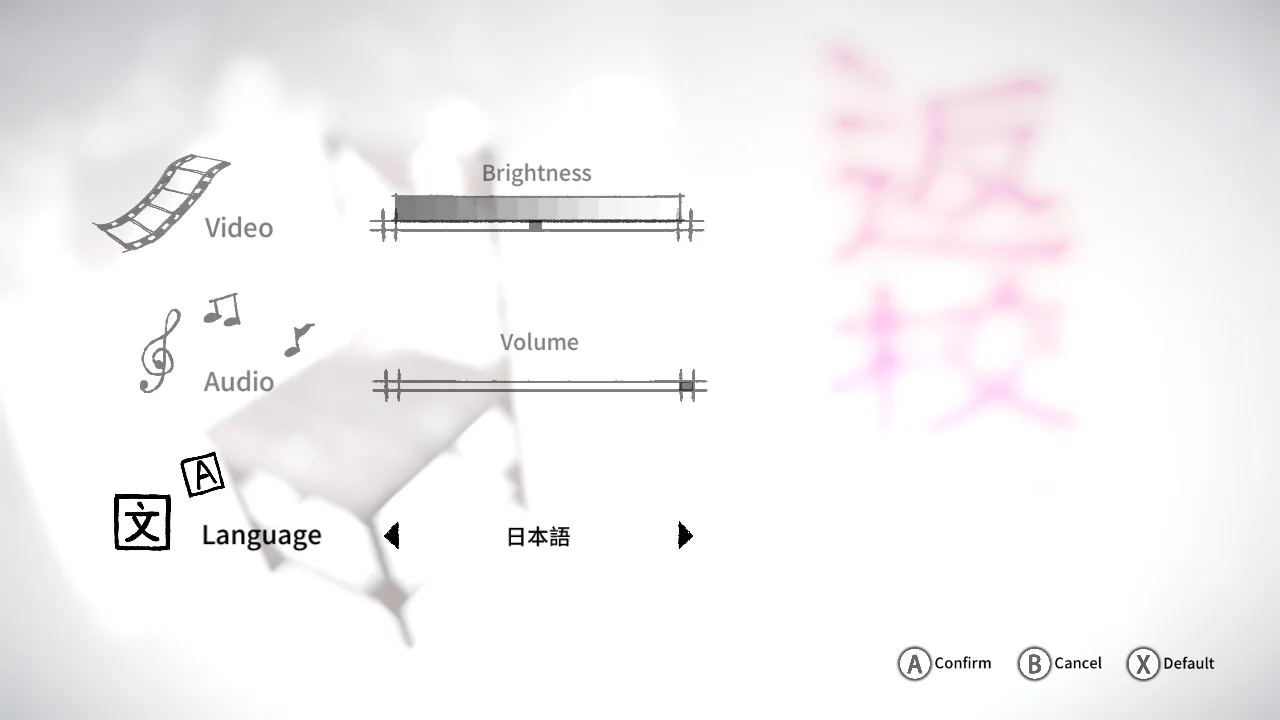
Switch between Chinese and English to experience the game in your preferred language.
Bilingual Support
Chinese and English are fully supported from launch. Dialogue, notes, and menus preserve idioms and cultural context while keeping puzzles and story clear for international players. The game is accessible without losing its Taiwanese identity.
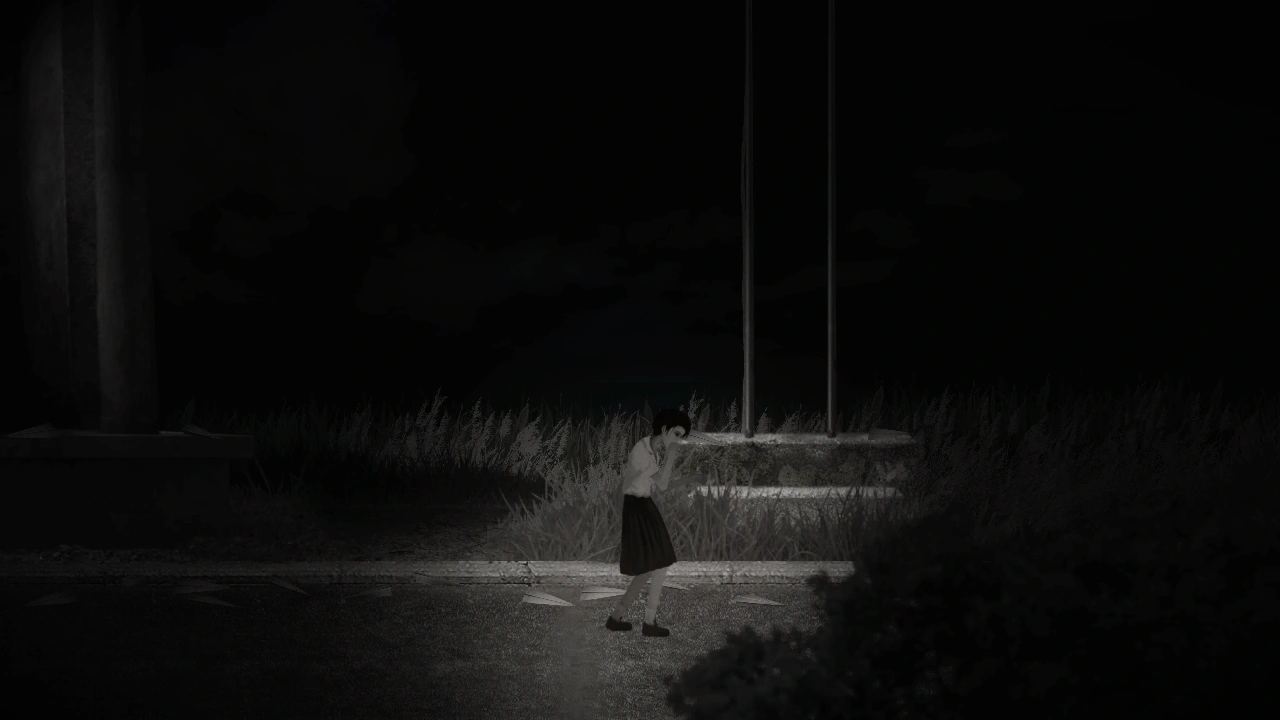
Slip past spirits and survive the shadows with careful timing.
Hold Breath
Ghosts require you to hold your breath to avoid detection. You’ll eventually need to gasp for air, so timing and positioning are key. Paired with food offerings, these stealth sections feel tense and deliberate, setting Detention apart from combat-heavy horror like Silent Hill.
Multiple Endings
Choices and exploration determine narrative outcomes, encouraging replay and rewarding careful observation.
Verdict
Detention fuses horror, history, and cultural depth. Its mechanics are simple, but the tension, narrative, and aesthetic make it a compelling horror title interweaving Taiwanese folklore with a dark part of its real-world history, the White Terror. Combined with striking visuals, oppressive atmosphere, and ambient music, the game is comfortably unsettling without overstaying its three- to four-hour runtime.
Lantern ghosts can quickly kill you, but forgiving checkpoints keep frustration low and the story front and center.
The game’s success led to a live-action adaptation and paved the way for Red Candle Games’ later projects, including Devotion and Nine Sols. Whether you’re a casual horror fan or someone drawn to series like Silent Hill and Spirit Hunter, Detention is a short but powerful experience worth your time.
TLDR
Detention (Switch)
8
Good
Summary: A politically charged horror story that blends history and myth into a uniquely Taiwanese nightmare.


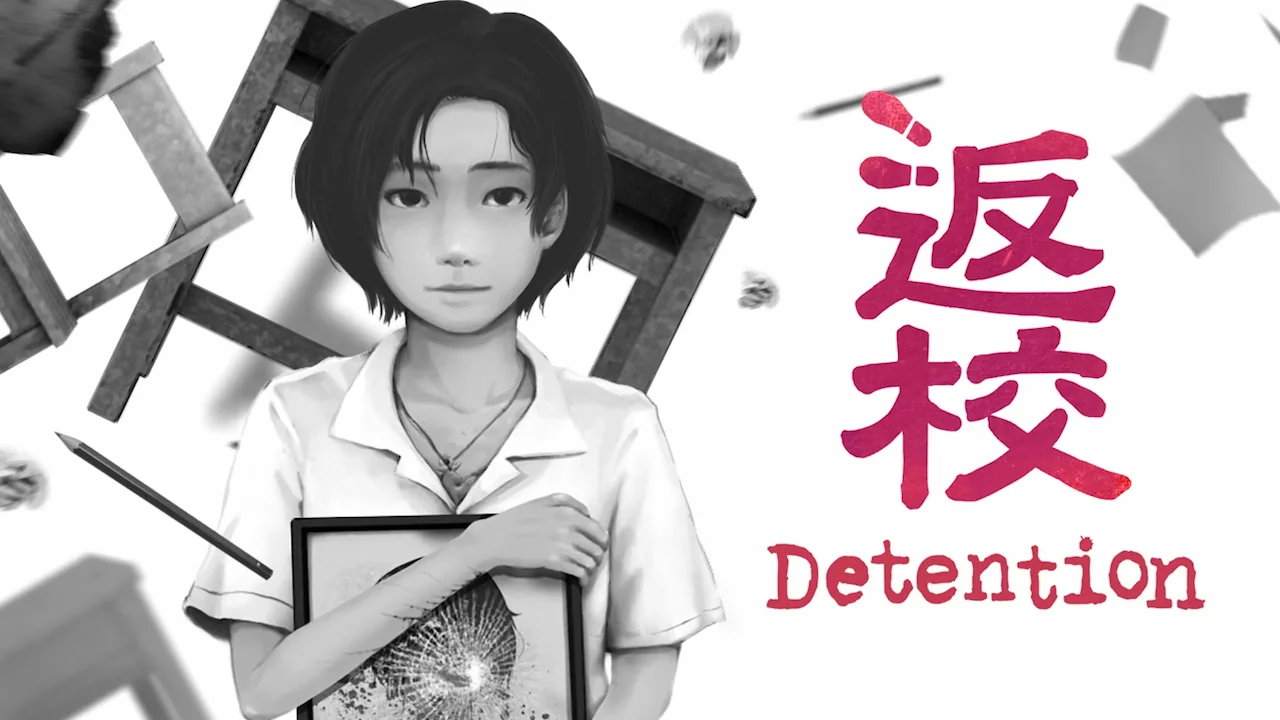
Leave a Reply